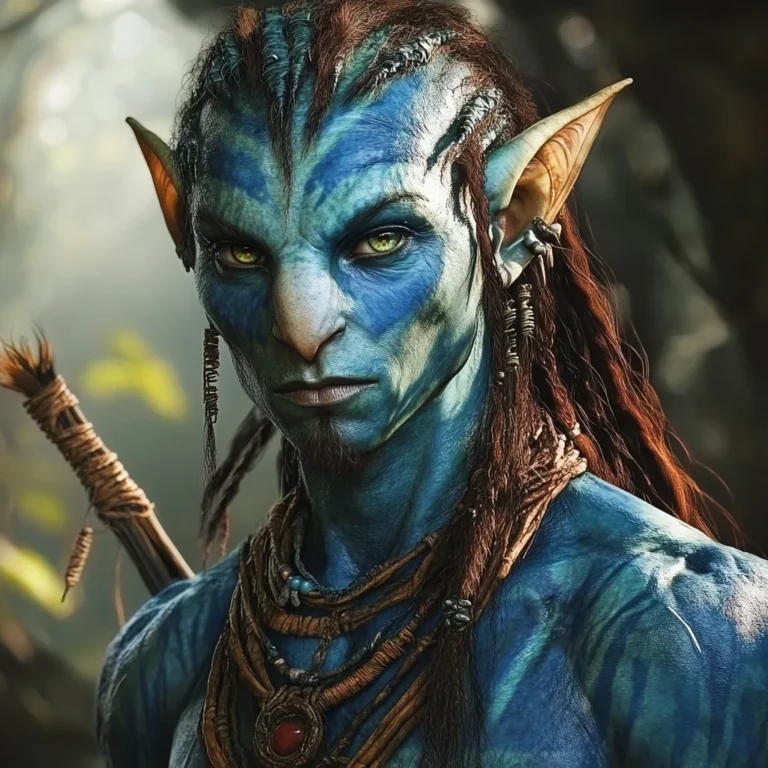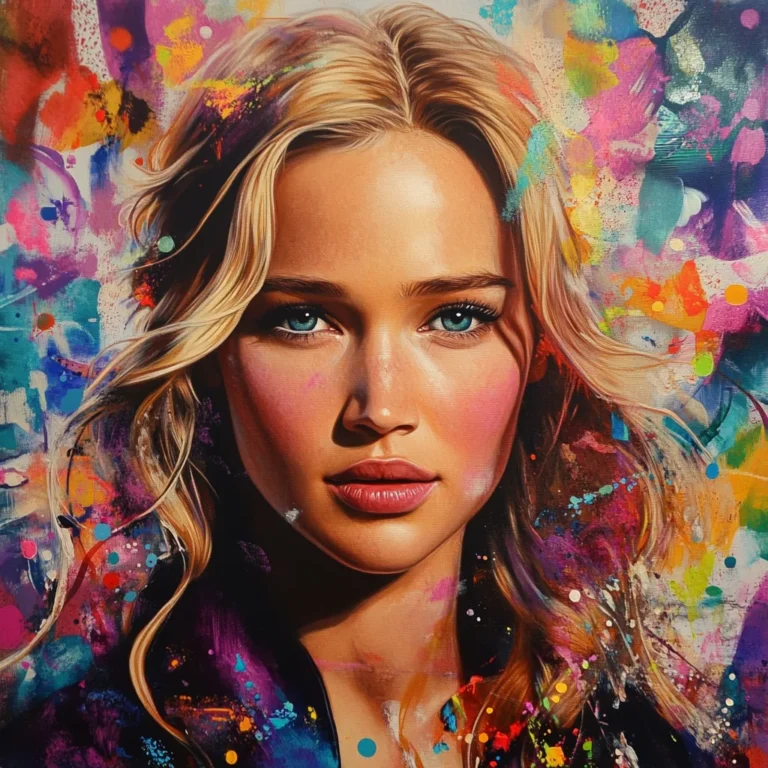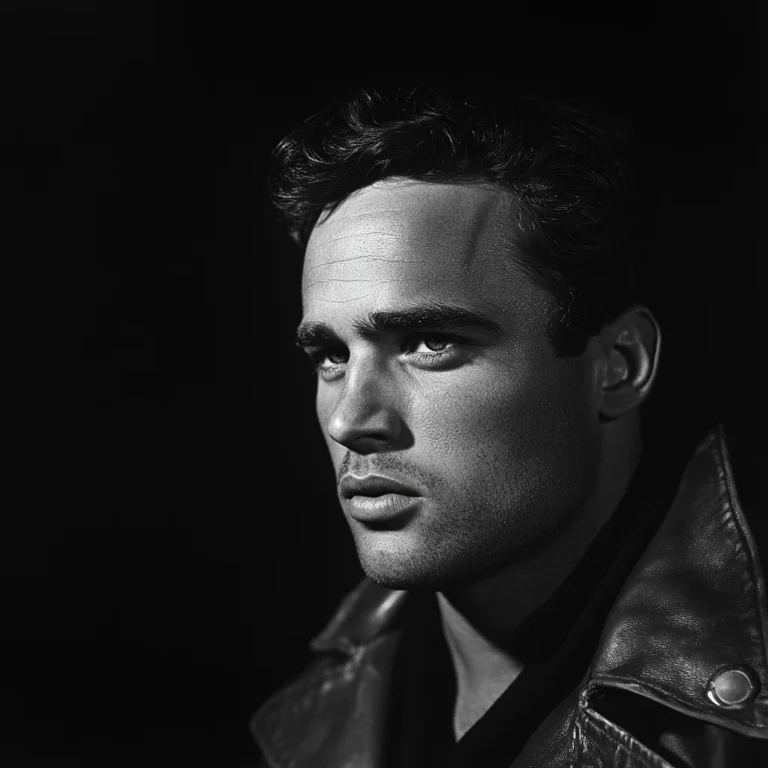James Cameron began developing the concept for 'Avatar' in 1994, but he had to wait for more than a decade for technology to catch up to his vision, delaying the film's production until the mid-2000s.
The Na'vi language spoken in the films was created by linguist Dr. Paul Frommer, who developed a full language with a vocabulary of over 1,000 words specifically for the movie.
The first 'Avatar' film was the first movie to gross over $2 billion worldwide, holding the title of the highest-grossing film of all time for nearly a decade until it was briefly overtaken by 'Avengers: Endgame' in 2019.
James Cameron pioneered the use of performance capture technology in 'Avatar,' allowing actors to perform their roles with motion capture suits, which were then translated into the CGI characters seen on screen.
The lush landscapes of Pandora were inspired by various real-world locations, including the rainforests of Hawaii and the Zhangjiajie National Forest Park in China, the latter of which has since been renamed 'Avatar Hallelujah Mountain' in honor of the film.
Zoe Saldana, who played Neytiri, underwent extensive training in archery, horseback riding, and martial arts to prepare for her physically demanding role as the Na'vi warrior princess.
Sigourney Weaver, who played Dr. Grace Augustine, had to film her underwater scenes for 'Avatar: The Way of Water' without the aid of scuba gear, relying on breath-hold diving techniques that she trained for extensively.
The film's visual effects were created by Weta Digital, the same company that worked on 'The Lord of the Rings' trilogy, using a custom-built system called the 'Simulcam' to seamlessly blend live-action and CGI elements.
Composer James Horner created the unique soundscape of Pandora by combining traditional orchestral music with electronic and world music elements, crafting a score that reflected the film's otherworldly setting.
The design of the Na'vi characters was influenced by a combination of human and feline features, with their distinctive blue skin inspired by James Cameron's love of bioluminescence in deep-sea creatures.
The sequel, 'Avatar: The Way of Water,' features groundbreaking underwater motion capture technology, allowing actors to perform in a massive water tank while capturing their movements in real-time.
The first 'Avatar' film won three Academy Awards for Best Art Direction, Best Cinematography, and Best Visual Effects, and was nominated for nine Oscars in total, including Best Picture and Best Director.
The environmental themes of 'Avatar' were influenced by James Cameron's interest in ecological issues, with the film serving as an allegory for the exploitation of natural resources and the importance of environmental conservation.
The sequels to 'Avatar' were filmed back-to-back, with a significant portion of the story focusing on the next generation of characters, including the children of Jake Sully and Neytiri.
James Cameron has planned a total of five 'Avatar' films, with the final installment expected to be released in the late 2020s, continuing the epic saga of Pandora and its inhabitants.
How useful was this post?
Click on a star to rate it!





